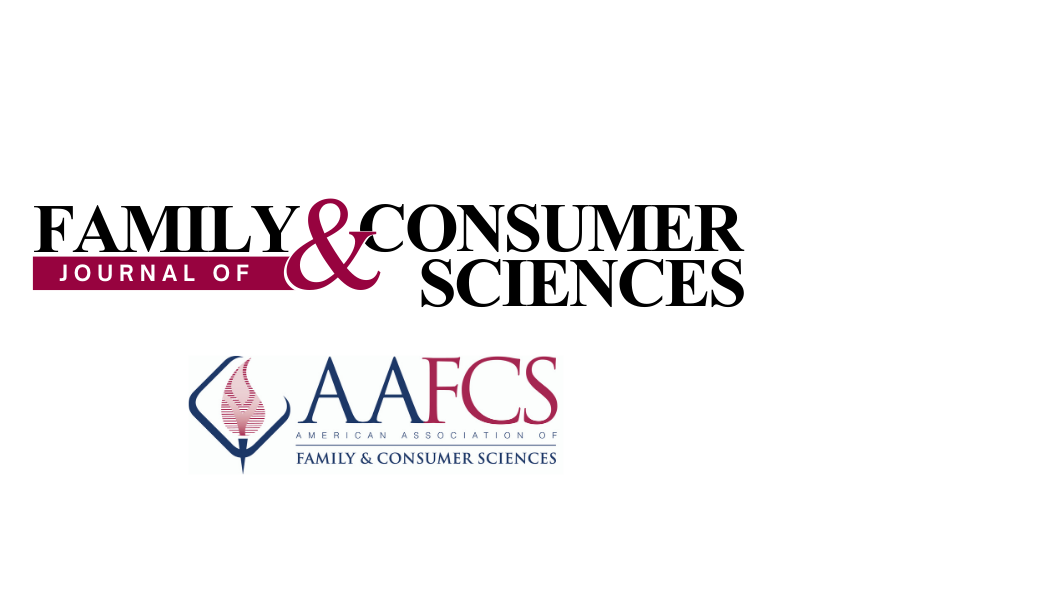
3 minute read
Point of View Articles
As we embark on implementing a new strategic plan, it is necessary to review what AAFCS offers its members and evaluate which programs still provide a member benefit. One of those programs is our Communities.
According to the 2010 AAFCS Communities Policies and Information Handbook, “AAFCS Communities serve as a conduit of professional action, dialogue, and promotion relevant to the mission of AAFCS.” Communities allow members to network and collaborate with professionals who have similar interests and specializations. The event Find Your People at Annual Conference was an opportunity to learn about Communities and find one that fits your interests.
Family and consumer sciences (FCS) is an integrated profession. The Body of Knowledge model illustrates the integration by identifying core concepts (capacity building, technology, wellness, resource development, and global interdependence) within a circle surrounding the integrative elements of human ecosystems and life course development (Nickols et al., 2009). Professionals working in FCS represent the integration of core concepts (FCS teachers and Extension Educators) and specialization of core concepts (Dieticians, Textile Designers, Child Care providers, and Housing Advocates). The core concepts are reflected in the many AAFCS Communities (Family Economics Resource Management, Family Relations, Human Development, Apparel Textile, and Design).
At the November Leadership Council meeting, the discussion focused on Communities. We learned that members see value in AAFCS Communities but recognize something needs to be done to promote this member benefit. The discussion raised issues about the Communities that are worth addressing. The first issue is the number of them. At this time, there are 22 Communities listed on the AAFCS website. It is easy to join a Community, but there is limited engagement upon joining. There isn’t a welcome to the Community message or information about what membership means. Second, it isn’t clear what some communities do. What is the Community promoting, providing education on, or discussing? The Diversity and Inclusion Community provides a good model for other communities. This group meets regularly, has an engaged leader, and has subgroups working on specific issues. Communication from the Community occurs through the discussion forum. Third, some Communities do not have active designated leadership. Leadership is going to evolve in groups but it is necessary to make sure someone is serving as the contact person, organizing sessions at the Annual Conference, or managing the finances for the group.
AAFCS Communities is a membership benefit. The benefit must have value to all members to be effective. As the strategic plan is implemented, it is time to evaluate Communities. Let’s raise the importance of them to show how they have an impact on emerging issues and value specializations in our integrated profession.
Reference
Nickols, S.Y., Ralston, P.A., Anderson, C., Browne, L., Schroeder, G., Thomas, S., & Wild, P. (2009). The Family and Consumer Sciences Body of Knowledge and the Cultural Kaleidoscope: Research Opportunities and Challenges. Family and Consumer Sciences Research Journal, 37(3), 266–283. https://doi.org/10.1177/1077727 X08329561 contents continued on p. 4









